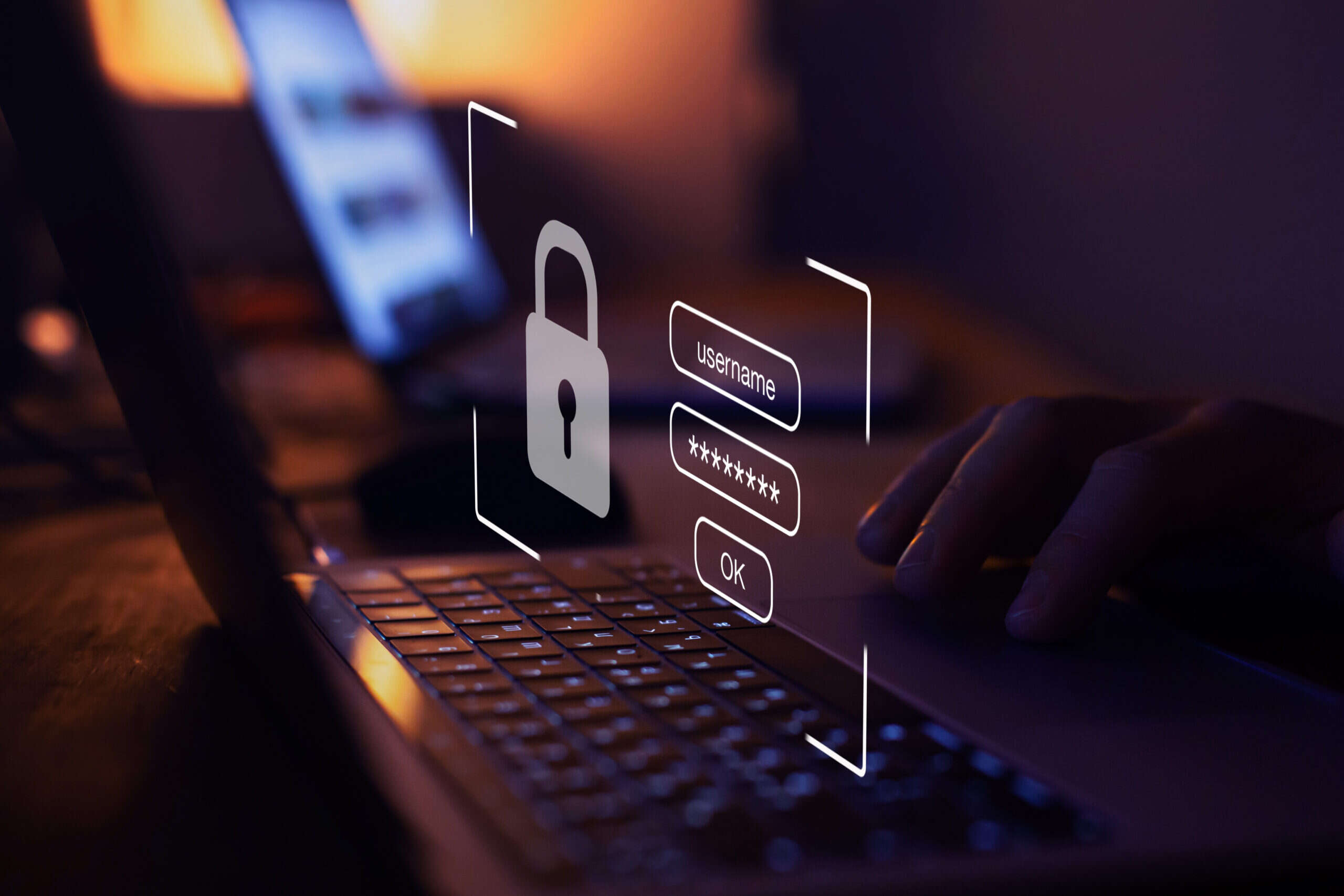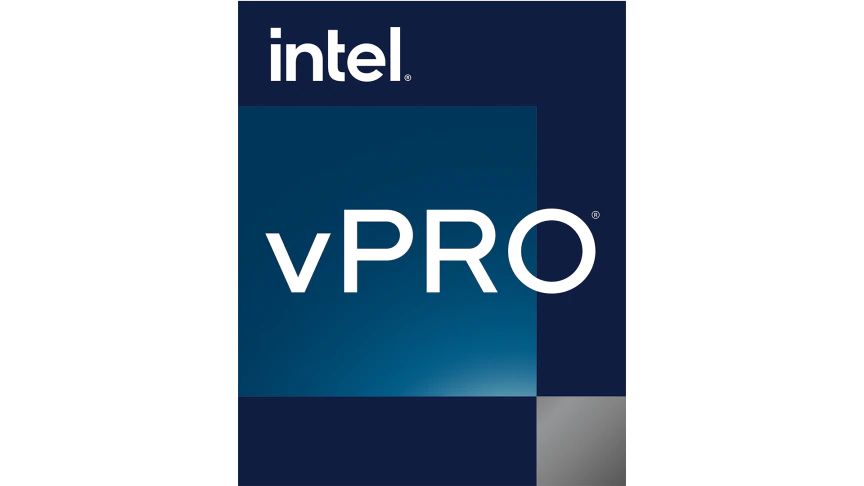
How are senior IT leaders and cybersecurity executives responding to the rapidly-changing cybersecurity threat environment? A survey conducted of 50 industry decision-makers by Tech Monitor in partnership with Intel shows how the industry appears to be well-prepared, but with room for improvement in facilitating training for employees to respond to an increasingly fraught cyber landscape.
The increase in the number of cyberattacks on all types of organisations since early 2020 has been well documented, and the survey indicates how this trend is set to continue. More than 45% of those surveyed agreed there has been an increase in the frequency of cyberattacks since the pandemic, with almost a quarter (24%) of respondents describing a drastic change in their threat environment.
Against this backdrop of increasing cyberattacks, more than two-thirds of IT leaders also believe that the growing sophistication of cybersecurity threats facing organisations was the most pressing concern, and it is not hard to see why.
Last month, cybersecurity researchers from Mitiiga revealed a novel phishing campaign that allowed hackers to pose as executives by exploiting a flaw in Microsoft’s Office 365 productivity suite. Hacking groups have also reportedly developed a new graphical user interface to deploy ransomware across multiple operating systems, according to the cybersecurity firm Kasperksy last month.
Plugging the skills gap and improving cybersecurity awareness among staff was also important for tech and IT leaders, with 74% of respondents indicating the issue as a pressing concern. Graham Hunter VP of skills at CompTIA has previously made the case for upskilling staff as a core part of any organisation’s cybersecurity, alongside investment in strictly technological solutions to respond to an increasingly fraught threat environment.
There is strong evidence that IT leaders have done exactly that. Almost three-quarters of those surveyed said they have extended cybersecurity training for their staff as a result of the increase in remote working, something which is unlikely to change in the near future. A clear majority also said their organisations have invested in new endpoint security systems, as well as threat intelligence capabilities.
This increased investment in cybersecurity technologies is reflected in the overall IT stack of those surveyed, with 64% saying it was evenly split between hardware and software products. There is, however, room for improvement, as only 36% of respondents expressed strong confidence in their current stack capabilities to respond to cyberattacks in the future.
Intel vPro® and 12th Gen Intel® Core™ processors include multilayer security that helps reduce the attack surface of a PC and assists in active monitoring against attacks without bogging down productivity due to lost performance. Intel vPro exclusively features Intel® Hardware Shield delivering integrated hardware-based PC protections for more secure business productivity including:
- Advanced threat protections – detection of threats like ransomware and cryptojacking;
- Application and data protections – preventing attacks from traditional malware against applications, login credentials and data;
- Below-the-OS security – preventing attacks against firmware & applications via the BIOS.
Learn more about the full functionalities of Intel vPro here.







